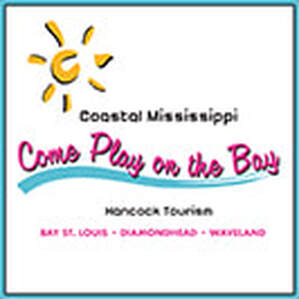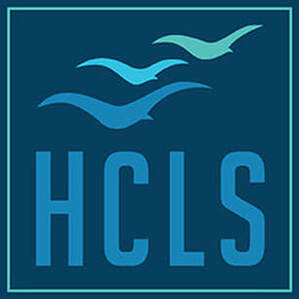The Courthouse, the Law Firms and the Barber Shops
In this installment of Pat Murphy's book-in-progress about historic Bay St. Louis, you'll visit them all - even the city jail!
I’m told that there was only one hanging conducted using this trapdoor and this occurred in the early 1920s. Shortly after this, the state went to the electric chair method of execution and held local executions using a portable or mobile electric chair that went by the name of “Old Sparky”!
My friend John Genin told me that before the trapdoor inside the jail was utilized, public hangings were held on the Gex Street (east) side of the courthouse. John also told me that until the renovations of the courthouse after Hurricane Katrina, there was still a large metal plate bolted into the bricks where the gallows would be attached to the east wall. Prior to his attending law school, John’s father, attorney Robert Genin, Sr., worked as a lineman for Cumberland Telegraph & Telephone Company. Mr. Genin used to tell the story of a hanging on the east side of the courthouse. Hangings always drew large crowds and Mr. Genin, in order to get a better view, put on his climbing spurs and climbed the nearest pole to the gallows. When the lever was pulled and the rope snapped, the man’s neck cracked like a rifle shot. Mr. Genin grew faint, his knees buckled and he slid down the pole all the way to the ground!
The board of supervisors’ room (my refuge during Hurricane Camille) was in the rear behind the circuit clerk’s office. The circuit clerk was on one side of the building and the chancery clerk, land records and records vault were on the other side. The courts and the courtrooms were upstairs. There were no elevators in those days, just two sets of stairs to the courtroom in the front and one set of stairs to the courtroom and judges’ offices in the rear.
There was a concession stand downstairs in the middle hall between the circuit clerk and chancery clerk’s offices. This concession stand was run by a state organization for the blind and staffed by a lady, Ms. Lillian Carver, who was totally blind. She would walk to and from work at the courthouse every day, as well as all over town, using a seeing-eye dog. Everybody loved Ms. Lillian because she was very sweet to everyone. Her dog would lie on the floor of the concession stand all day while Ms. Lillian worked selling cold drinks, candy, potato chips, cigarettes and cigars (people still smoked in public buildings back then). There were stories of people trying to fool this lady when making change but she could tell the difference between bill denominations and the size of the coins. You didn’t fool Ms. Lillian. She always would say, “I’m not blind, I just can’t see.” Another thing that would happen at the courthouse was the gathering for election results on the courthouse lawn. Whenever there were elections, there would be hundreds and hundreds of people gathered in front of the courthouse after the polls closed for the announcing of the election results. There would be people sitting on blankets and lawn chairs, and in the backs of pick-up trucks on the lawn and out in the street. It was like a big picnic with food and refreshments. People had beer and liquor, which occasionally led to brawls over the results of the different races. The first block of Main Street was closed and the election results were announced precinct box by precinct box over a PA system. It was quite a party, sometimes going on late into the night. Many times we would leave the courthouse and go to other victory or “crying in your beer” parties for some of the different candidates. I remember once going back to 100 Men Hall when Fred Curet was elected sheriff. My friend Guitar Bo was playing music and the joint was jumping. This party was put on by Fred Curet for his supporters in the black community. The Law Firms
The Gex Law Firm
No discussion concerning law firms in Bay St. Louis would be complete without talking about the Gex family. The entire Gex clan in Bay St. Louis came from the union of Lucien Myrtile Gex and Maria Victoria Demoruelle Gex. This couple came to Bay St. Louis about 1900. The Gex law firm was founded by their son, Walter J. Gex, Sr. Following their father into the legal profession, Walter Gex, Jr. and Lucien “Push” Gex joined the firm. Sister Ethel Gex was very much involved in the firm as a secretary and legal assistant. Later, Walter James Phillips, who was the son of Gex sister Weena Gex Phillips, joined the firm as well as Gerald Gex who was one of Push Gex’s two sons. Lucien’s other son Lucien went into private practice and served as house council for General Electric. In the early 1970s, both of Walter Gex, Jr.’s sons, Walter III and Jody joined the firm. Walter Gex III now serves as a federal judge. The Gex family and their siblings were an influential family in Bay St. Louis on a lot of fronts. They had lumber and sawmill interests and owned a sawmill that operated at the end of Blue Meadow Road on the river. There was a rail spur that ran from the sawmill and connected with the L&N Railroad. The Gex Family operated Magnolia State Building Supply, located on the first block of Main Street. The family had financial ties with Merchants Bank & Trust with Gex, Gex & Phillips law firm upstairs in the Merchants Bank Building on South Beach Boulevard. The property that now encompasses the City of Diamondhead was, at one time, owned by the Gex Family.
Robert Genin, Sr.
Robert Genin, Sr.’s office was originally located several doors down from the courthouse towards the beach in the same building now occupied by architect Edward Wikoff. Robert Genin practiced law in Hancock County for over forty years beginning around 1920 and ending with his death in 1961. Robert Genin, Sr. had two sons who graduated law school and practiced in Bay St. Louis. Robert Genin, Jr. and John Genin practiced with Favre, Genin & Scafide, and John Genin was a Hancock County prosecutor.
Favre, Genin & Scafide
Favre, Genin & Scafide originated with the law practice of Judge Dan Russell, who went on to serve as a federal judge in 1965. Dan Russell’s father was an attorney who came to Gulfport from Magee by way of Oxford. Dan Russell, Jr. came to Bay St. Louis after graduating from Ole Miss Law School and began practicing law just before the beginning of World War II. He returned to Bay St. Louis after the war and re-established his law practice. Later, in the early 1950s, Sam Favre, Jr. joined the practice and when Dan Russell was appointed federal judge in 1965, Ruble Griffin joined the firm. Mr. Griffin later also became a judge and Robert Genin, Jr. joined the practice when he completed law school. Several years later, Robert’s younger brother, John Genin, joined the firm, as well as the John Scafide, Jr., the son of former Bay St. Louis mayor John Scafide. This was when the firm became Favre, Genin & Scafide. The office was located directly across Main Street from the Hancock County courthouse and is currently occupied by attorney Jimmy McGuire. Sam Favre died in 1991, and by around 2013 Robert and John Genin, as well as John Scafide, all had retired. The firm was a powerhouse in Hancock County back in the day.
Haas & Haas
Haas and Haas law firm was brothers Mac and Mike Haas. At various times, both brothers practiced independently of each other. These brothers were the sons of Norton Haas, who had timber holdings and was a principal in the Herlihy, Haas and McCleod sawmill at one time. Mr. Norton Haas was very involved in Hancock County politics. Brother Mike Haas was the attorney for Coast Electric Power Association for many years before his death.
The Get Of Jail Free Card
Around 1972 one of my friends (who shall remain anonymous), with the encouragement of several other friends, decided to enter into the political arena. He decided to run for the position of constable in Hancock County. To be honest, it was all done as kind of a joke with no expectations of getting into the second primary runoff, much less winning the race. He jokingly passed out hand-lettered political business cards with his name and Get Out Of Jail Free Card – valid upon election to Constable Hancock County.
Well, in the first primary because of the county vote being split between four or five other candidates, he garnered more votes than any of the other candidates and made it into the second primary. We were all shocked because no one had thought this possible. The friend then received several phone calls from anonymous sources. One of these calls was an offer of $500 cash if he would withdraw from the race! Election day arrived and my friend was the only candidate from Bay St. Louis. The other candidates had all been from up in the county. In the second primary he was defeated by an overwhelming vote from the north part of the county. I think all of us, including my friend, breathed a sigh of relief.
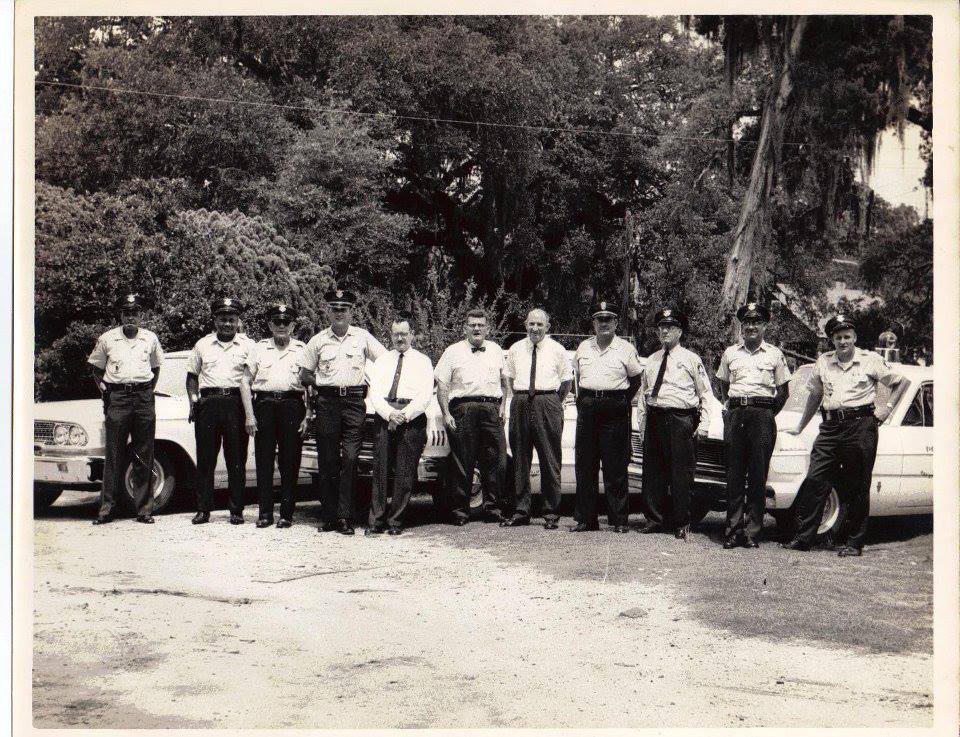
The Bay St. Louis police department with Mayor John Scafide and councilmen Cyrill Glover and Warren Traub in the early 1960s. There are at least four future Bay Police Chiefs in the photo, Douglas Williams, Billy Carbonette, Lathan Garriga and Bob Goodsell. (You Know You’re From The Bay If – Facebook Group)
Crime
There wasn’t much crime that took place back then but, of course, the area population was less than what it is today. Another thing was that most of the town’s residents at the time were locals, having grown up and lived here all of their lives. Drugs were pretty much unheard of with the general public. Occasionally you might read about marijuana or heroin in some magazine article or a New Orleans newspaper, but they certainly weren’t the scourge back then that they have become today. There were burglaries and auto thefts here and there, but that was about the extent of it. Occasionally there would be some sensational crime, like a murder, that would totally shock the town. The murder of Mr. Charlie Flink was such a crime. Mr. Flink, whose family ran one of the praline and gift shops on Highway 90, was shot and killed in his garage by a drifter named Dale Morris in November of 1955. Morris was trying to steal tires off of Flink’s automobile in the middle of the night. Flink was shot twice in the chest and once in the back as he attempted to crawl back to the door of the house. Morris, who became known as “the Cowboy,” was in fact a real cowboy from Montana with a long history of crime. There were three sensational trials, two for first-degree murder ending in mistrials. There were numerous accusations of improprieties, including jury tampering and improper prisoner privileges. Eventually the case was pleaded down to manslaughter and Morris received a twelve-year sentence to Parchman. Because of his cowboy background, Morris became a trustee working with the prison horses. Unbelievably, as a trustee, he was allowed to travel on horse buying trips on behalf of the prison. Many have called these trips weekend passes. Whatever you want to call them, on one of these trips Morris just disappeared and was never seen again. This disappearance prompted then governor Ross Barnett to issue the famous statement, “If you can’t trust a trustee, who can you trust?” I have talked with folks who say that seemingly normal women in Bay St. Louis went absolutely bonkers over this handsome criminal Dale Morris. The courtroom was filled to capacity on every day of the trial, with many being turned away. One well-known local woman, when turned away, climbed out on the roof of the courthouse and got stuck trying to climb through a small window in the woman’s restroom! Women were allowed in and out of Morris’s cell inappropriately and he received money and food from local townspeople. There were some vague accounts of Morris’s other scrapes with the law after his disappearance, but in reality, this con man criminal vanished into thin air. One thing that I don’t remember happening much back in those days was bank robberies. In these times, it seems that we go through periods when we have one and two a week on the coast, and because of a weak economy and desperate financial times they have become quite commonplace. Thank goodness that, despite modern society, Bay St. Louis’s crime, while far more common than it used to be, is still relatively infrequent compared to some of our neighbors like the city of New Orleans. During my formative years there was no such thing as a DUI or Public Drunk charges. More often than not, if the police did pull you over for being drunk, they would follow or drive you home and tell you to go to bed. I make no judgment concerning this issue, but times sure seemed to be a whole lot simpler back in those days. The Barber Shops
Piazza Brothers Barber Shop
There are advertisements in a 1925 Sea Coast Echo for Piazza Bothers Barber Shop. Piazza Brothers was operated by Tony Piazza and his brother Sam Piazza. By my early years, Sam Piazza was no longer involved, but the business was still named Piazza Brothers. This barber shop had been in operation since 1925 in the same location at the foot of Main Street, on the water side of Beach Boulevard. When I was a child, Oren Cuevas was the other barber in the shop. Piazza Brothers was a hot spot of the downtown social scene for Bay St. Louis males. There was an older black man named Buddy Nichols who had a shoeshine stand along the rear wall of the shop. There was a door in the rear that led into a ladies’ beauty parlor. Several things stand out in my memory about Piazza Brothers. The first is that there was a picture of my friend, Carey Phillips, with Tony Piazza giving him his first haircut when he was about two years old. Carey was pitching a fit and crying with his dad, Walter James Phillips, and Tony Piazza in the picture behind him. This picture in the window became a constant source of embarrassment and ridicule for Carey, especially when he reached his teenage years. The other thing I remember about Piazza Brothers is eccentric local attorney Eddie I. Jones getting his hair cut and beard shaved. Eddie I. Jones had a ponytail and big full bushy beard in the mid-‘50s, and he rode a ten-speed bicycle. At some point Oren Cuevas told Eddie that he would give him a haircut and a shave for free. It was a big deal in downtown Bay St. Louis, and the Sea Coast Echo even took before and after photos and ran them in the newspaper. These photos also ended up in the front window of Piazza Brothers. After Hurricane Camille wiped the beach side clean and destroyed Mr. Tony’s business, he moved into J.C. Shubert’s shop at the corner of Second and DeMontluzin. 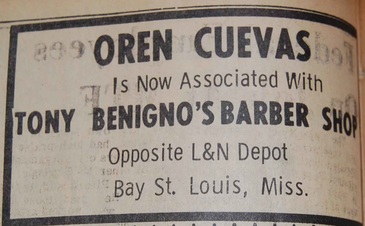 After Piazza’s shop was destroyed, barber Oren Cuevas went to work cutting hair back at Tony Beningo’s Barber Shop. (Ad 1969 Sea Coast Echo Newspaper) After Piazza’s shop was destroyed, barber Oren Cuevas went to work cutting hair back at Tony Beningo’s Barber Shop. (Ad 1969 Sea Coast Echo Newspaper)
Tony Benigno’s Barber Shop
Tony Benigno’s barber shop was close to the depot at the corner of Bookter Street and Blaize Avenue on the property where J.P. Compretta has his law office today. This shop was across the street from the L & N Train Depot, just a couple of doors down from Engman’s Department Store on Bookter Street. Albert Piazza told me that at one time Mr. Maurigi had a cobbler shop on one side and the Rhodes family had a seafood market on the other side. Mr. Tony was one of the Benigno brothers (along with Sylvester, John, Norman, Lukie and Sam). As a young kid, I got a lot of haircuts from Mr. Tony because it was close to the St. Stanislaus school and close enough to walk to from my grandparents’ house on Ballentine Street. Two things stand out in my mind about Mr. Tony’s shop. One is that there were several large wall tapestries depicting dogs playing poker. I remember getting a real kick out of this when I was young. The other thing is that there were several large Japanese plum trees out the back door of the shop. Those trees always seemed loaded with plums in season, and I loved Japanese plums! Also, Mr. Tony’s shop always smelled good, like aftershave and hair tonic.
Al Kingston’s Barber Shop
Al Kingston’s barber shop was on Blaize Avenue at Five Corners, next to Emmett Demoran’s television and appliance shop. Kingston also sold sporting goods and fishing tackle in the shop. What I remember most about Kingston’s was that he was the barber for St. Stanislaus when I was attending. If I remember correctly, he would come to Stanislaus and give haircuts to the boarders in the study halls, but if one of the brothers thought your hair was too long or unacceptable, he would tell you to march down to Al Kingston’s and get a haircut. If you got told twice, you were in a life-threatening situation! I remember that my buddy Louie Young was getting his hair styled by some fancy stylist in New Orleans when he went home on weekends. He was paying this guy like twenty dollars to style his hair, which was a lot of money in 1966. Louie came back to school on Sunday night with the latest long slicked back razor-cut style, complete with the box cut bottom in the back. Brother Joseph, the prefect, took one look at it and marched Louie down to Al Kingston the next day. When Al got finished with Louie he was sporting one of those Marine Jarhead cuts! Louie was not a happy camper, but Brother Joseph was smiling from ear to ear!
JC Shubert’s Barber Shop
I don’t remember when J.C. Shubert built his shop at the corner of Second and DeMontluzin, but I think that it was around 1960. I do know that Chippy Henry told me that Shubert’s was the first place that his brother Danny worked after he got out of barber school. Chippy and Danny grew up just down the street at the corner of Second and St. George, right across from Mertz’s Cleaners. Chippy told me that he made good money at the time shining shoes in the barber shop while his brother Danny was cutting hair. I do know that in 1969 after Hurricane Camille washed Piazza Brothers away, Tony Piazza moved back and started cutting hair at JC Shubert’s shop.
Joe Perniciaro’s Barber Shop
Joe Perniciaro was Lucien Perniciaro’s son. He opened a barber shop in 1963 out on Highway 90 next to Scafide’s Wheel Inn, in a little building that he rented from August Scafide. The building is still there and recently been remodeled and painted yellow. Hurricane Camille blew the roof off his shop and he moved to a building that he built on his dad’s property. Joe was a barber for thirteen years and, in fact, he recently told me that he still maintains his Master Barber’s License. Joe was about five or six years older than I was and he did do a lot of business in the area during the time that his shop was open. I primarily went to Joe Perniciaro in the mid 1960s when I was in high school going to St. Stanislaus. Comments are closed.
|
Categories
All
Archives
July 2024
|
Shoofly Magazine Partners
Our Shoofly Partners are local businesses and organizations who share our mission to enrich community life in Bay St. Louis, Waveland, Diamondhead and Pass Christian. These are limited in number to maximize visibility. Email us now to become a Shoofly Partner!

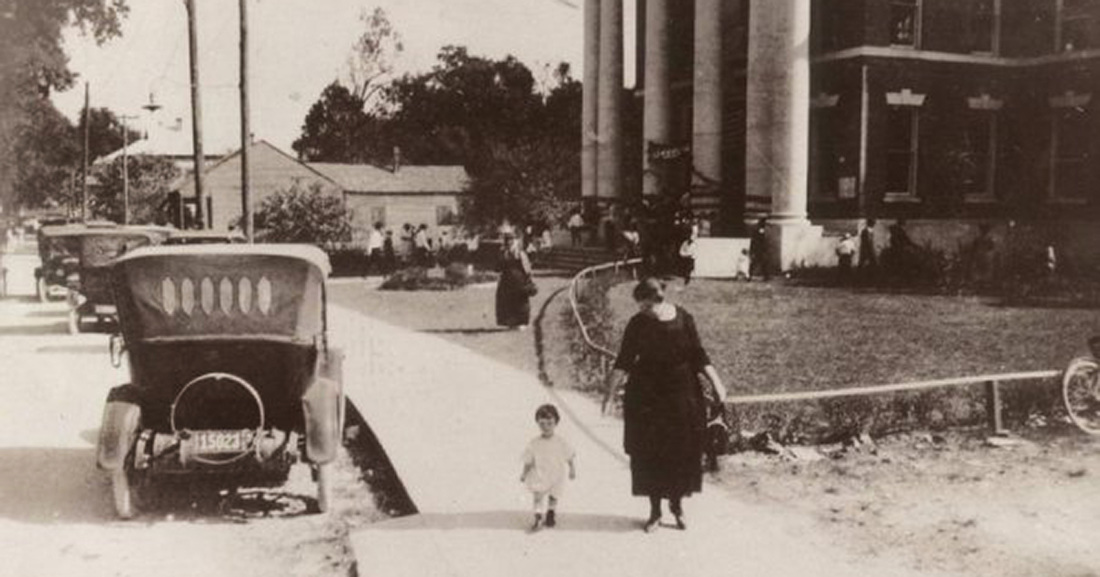

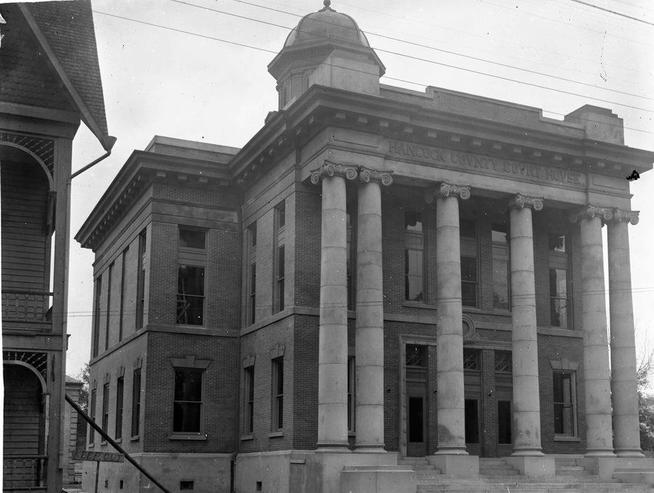
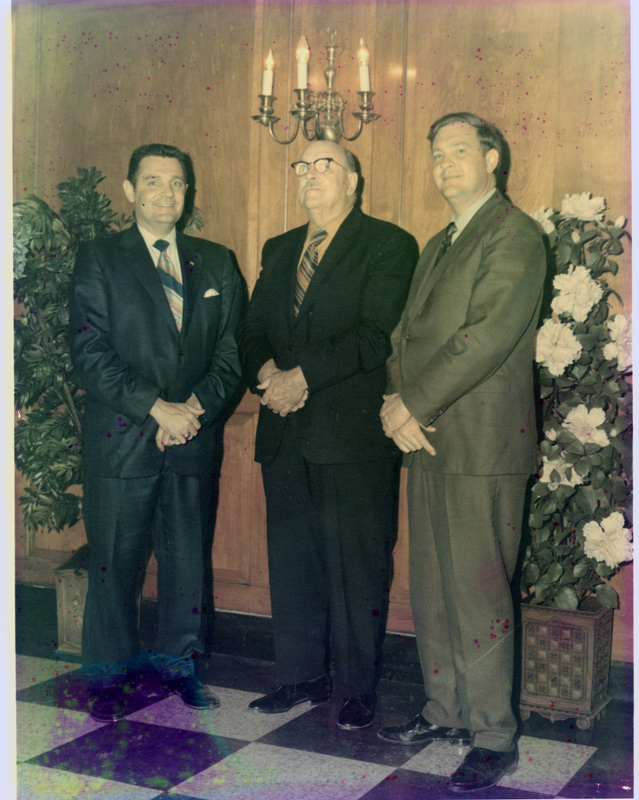
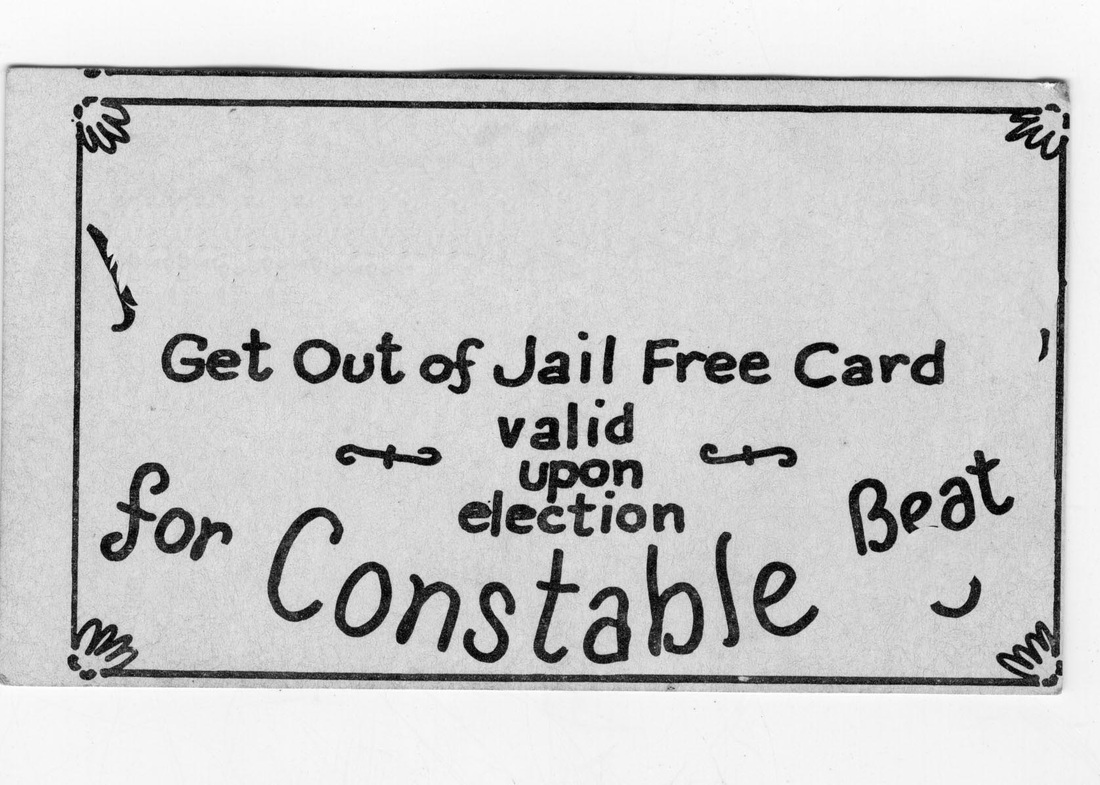
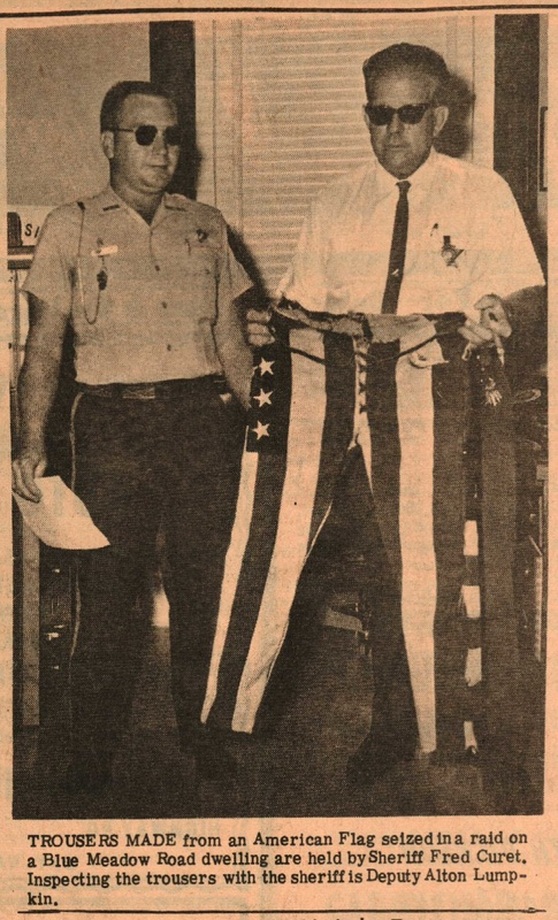
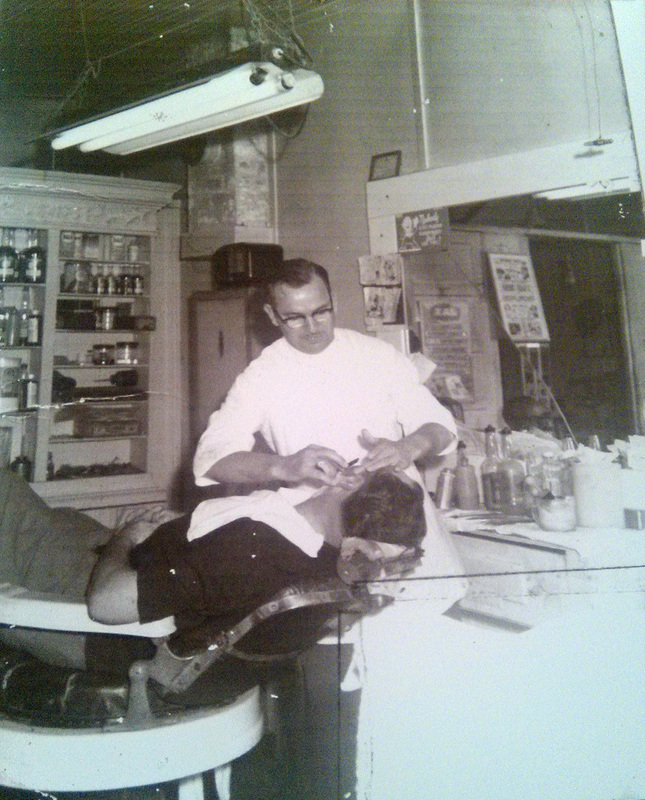



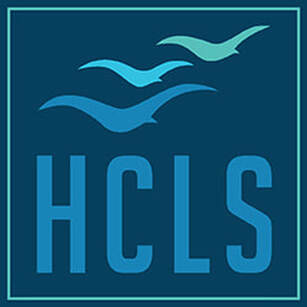





















 RSS Feed
RSS Feed

















